|
Abstract art? This object was much cheaper than the previous paper weight. Does it fit? No, not yet. If we're talking couplers, not even close. If we're talking battery boxes, then we're close, but not there yet. This is where having a team really helps! With enough sub-projects simultaneously making progress, it's likely that there will be good news somewhere! Joe had most of the good news this week. I'll get the coupler challenges out of the way first. The coupler slice came back on time, as promised and the cutting looked reasonable, even at a fair bit of magnification. I had designed the piece to have five sets of 4 teeth, each set of a certain width, and then the next set of teeth progressively larger. This way, I could, in one fell swoop get the most data from my one piece. I was happy and feeling proud that I'd mastered enough of CAD to get this far. When the piece arrived, I whipped about my brand new calipers and attempted to find where a set if teeth changed size. I expected one set of them would fit. However, I couldn't really detect the differences in size. I had neglected to put a index or registration mark on the part so I didn't know where to start my cuts. Rookie mistake number one. When I presented the problem to Ed and showed him the numbers, his succinct comment was 'we're F*d'. He showed me on the caliber how big the change actually was. I *could* see light though the caliber slot. Lucky for us, Ed is a resourceful, creative guy with years of experience and he had created the right mix of tools to meet this challenge. Using a inexpensive usb microscope, a little masking tape, a dremel stand and a laptop running the 'cheese' application, we found where the changes in teeth diameter were. I cut them and none of them fit. Ed made the comment that without the circle being the right size, the spacing of the teeth would be wrong, no matter the size of the tops or bottom of the teeth. Yep, rookie mistake number two. Back to the drawing board. As my sister pointed out, another family saying is 'if at first you don't succeed, try try again'. Since I'll be going way beyond 'if at first', I may have to modify the saying to 'try until you get what you want'!! There is actually plenty of good news here, although it didn't feel like it at the time since my expectations where crushed. 1. Ed created a great setup to do failure analysis. 2. I'm still learning. 3. Found a spline resource. An old friend, Scott Lambie that I met through TaeKwonDo happened to read the blog and asked if we needed help. He works at a place that makes splined shafts and couplers among other things. Welcome to the team Scott!! I'll make a new drawing, and hopefully Scott will be able to reduce the number of rookie mistakes, and make faster progress Bruce and Eric welded up the battery cages and we went to test fit them. Guess what? They didn't fit. That pack is supposed to sit between the frame rails! As we measured things, Bruce and Eric did everything right. I didn't account for all the little additions in size. 1/4 inch for steel, (1/8 inch on both sides) times 2 for two battery boxes and a little space for the bus bars, ... Pretty soon I was over sized by a few inches. In the Miata, a few inches can make a LOT of difference. Luckily, Eric proposed mixing the battery arrangement. I had planned for the big battery and two medium batteries in back, it only fits medium and a small battery pack in the rear. This means we'll need the same combination of battery sizes in the front. I'm glad this is a prototype! The net weight effect is moving 8x22 cells (20 lbs) from the back to the front. I would have to make one really big pack to squeeze in more cells in the back avoiding 2 bus bars and the space required for that. This will certain be good enough for the prototype. Maybe I should do more CAD stuff for the rest of the car? Hmmmm.
Meanwhile, Joe was continuing to verify the functionality of the new BMS board. The serial signals are much cleaner than the previous version, although we'll need to add a pull-up resistor to the serial line. Since the receive lines and transmit lines are all tied together for multipoint (vs pass this down the line), the new system is half duplex. meaning we can only transmit or receive, but not both at the same time. Half duplex requires some changes to the firmware. Once that was working, Joe also found problems in the boot loader. One of our requirements is to be able to update the firmware in the boards while in the car. This requires either a modification to the existing tool (avrdude), or a rewrite of that functionality in python. Joe choose python and had it done quickly and working! Lots and great progress on the BMS boards. We'll now have to research how to cost effectively get 110 of these boards made. (I added 5 boards since I can be rough on hardware sometimes) Since Joe was making such great progress on the firmware and hardware, I thought the software side should catch up while I was waiting for the coupler to come back. After a day of experimenting and looking at the specs and the data, I was able to make progress getting the commands to work. Joe has done a fantastic job of documenting, so coding was straightforward. I was able to get the cell readings from one board. Once I had one board working, I could plan for multiple boards. We'll have 32 boards on our large battery pack. After some thought and a small experiment, I got 2 boards working, and then did the mini-pack with 4 boards, which is all the working boards I have. That has run for several days and things continue to work and the power drain is in the micro-amps. Thanks Joe for making a better BMS and continuing to improve the system. More good news! Ryan Brown has joined our team. Ryan had expressed an interest in helping out. During this time of Covid here in Texas when social interaction is limited, we had to turn to projects that can be done remotely. The helper project needs documentation as well as independent verification, and Ryan has volunteered to help with this. We talked and got the GitLab permissions figured out so Ryan has access to examine the code. Welcome to the team Ryan!! Next week's goal will be to fit the battery boxes, make progress on the coupler, continue work on the software and get the big battery pack fully drilled for studs. Thanks for reading and stay healthy!
2 Comments
Kiwifiat
7/21/2020 05:17:29 pm
I have been following with interest your Leaf spline adventures. There has been some work done by folks over at openinverter.org that may be of interest to you.:
Reply
Bill Bitner
7/21/2020 06:38:16 pm
Hi Kiwifiat! Thanks for letting me know. This is the first I've seen of anyone making their own! Most have just been using Fiat clutch disks from the 70's and calling it close enough (or the Samurai disk). You must be following the right forums! Thanks again. The coupler is a major sticking point.
Reply
Leave a Reply. |
AuthorBill likes cars that understand the 'go fast now' pedal. Archives
May 2022
Categories |

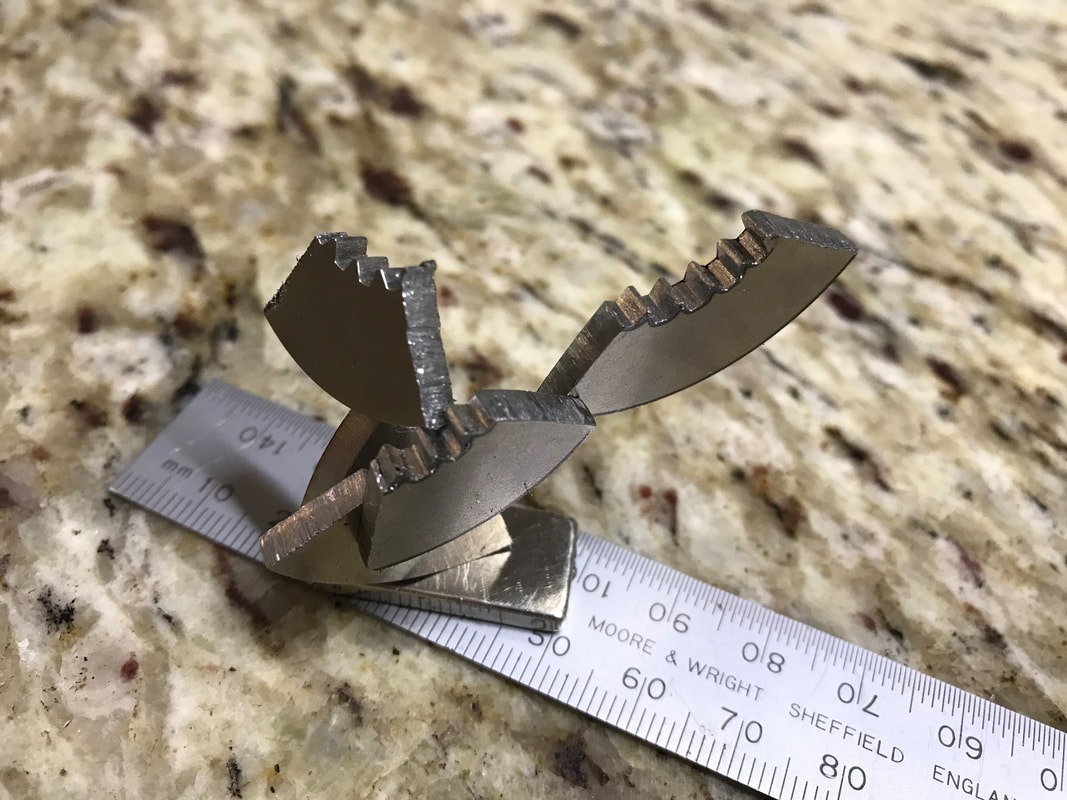
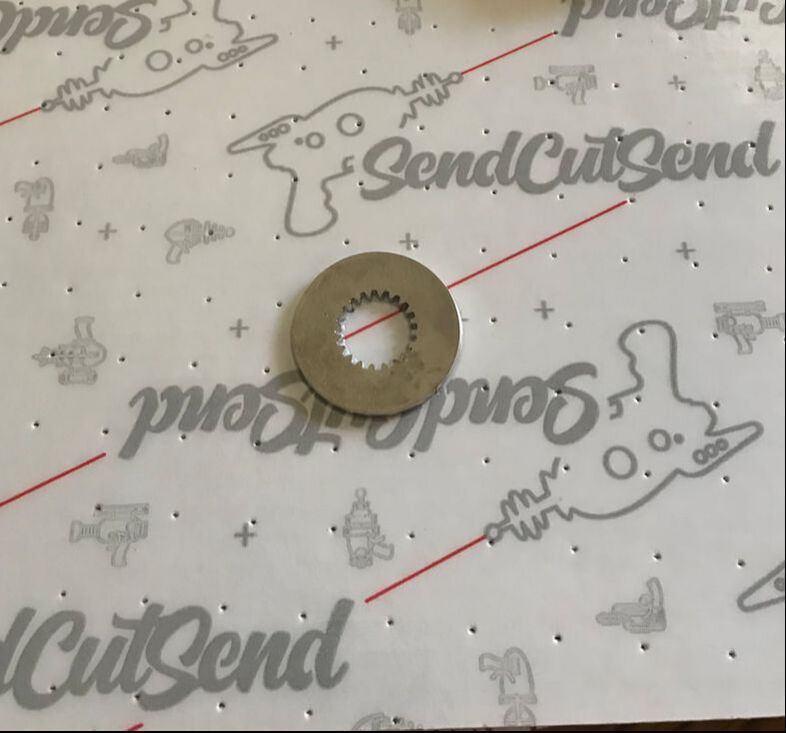
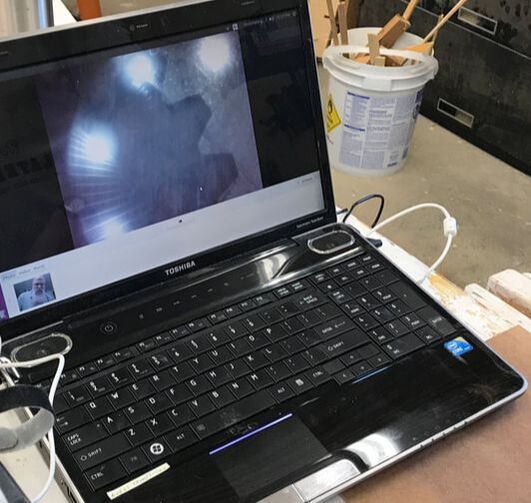
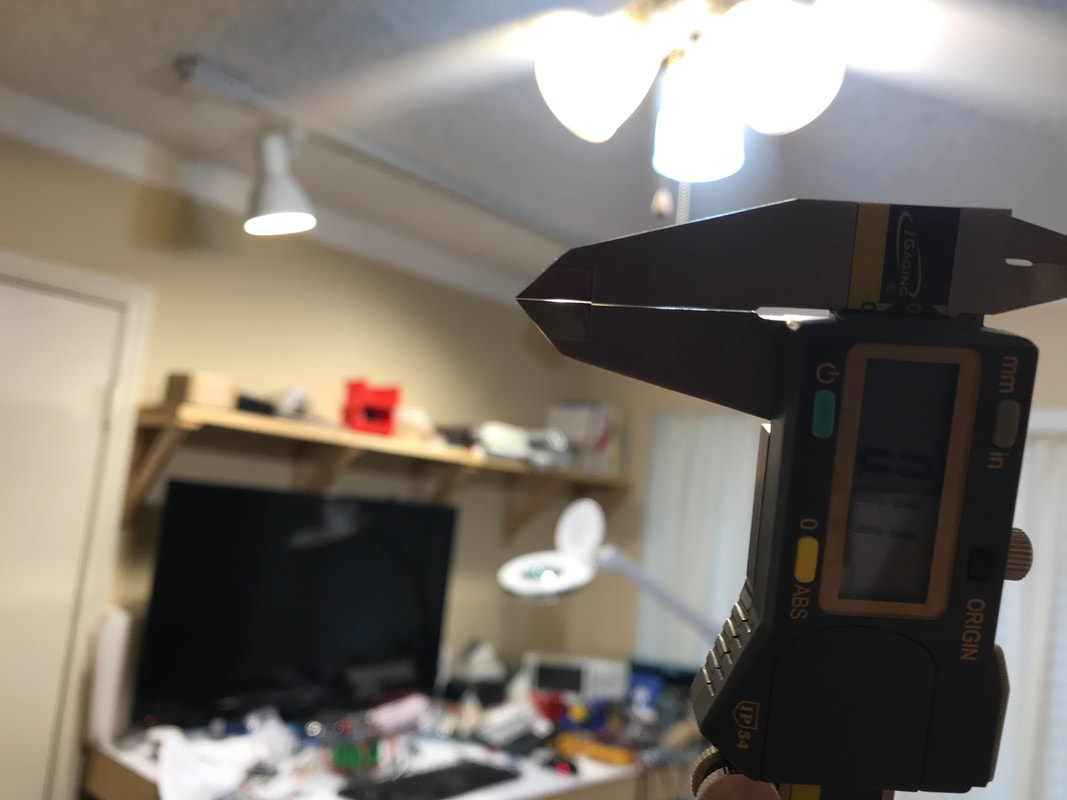
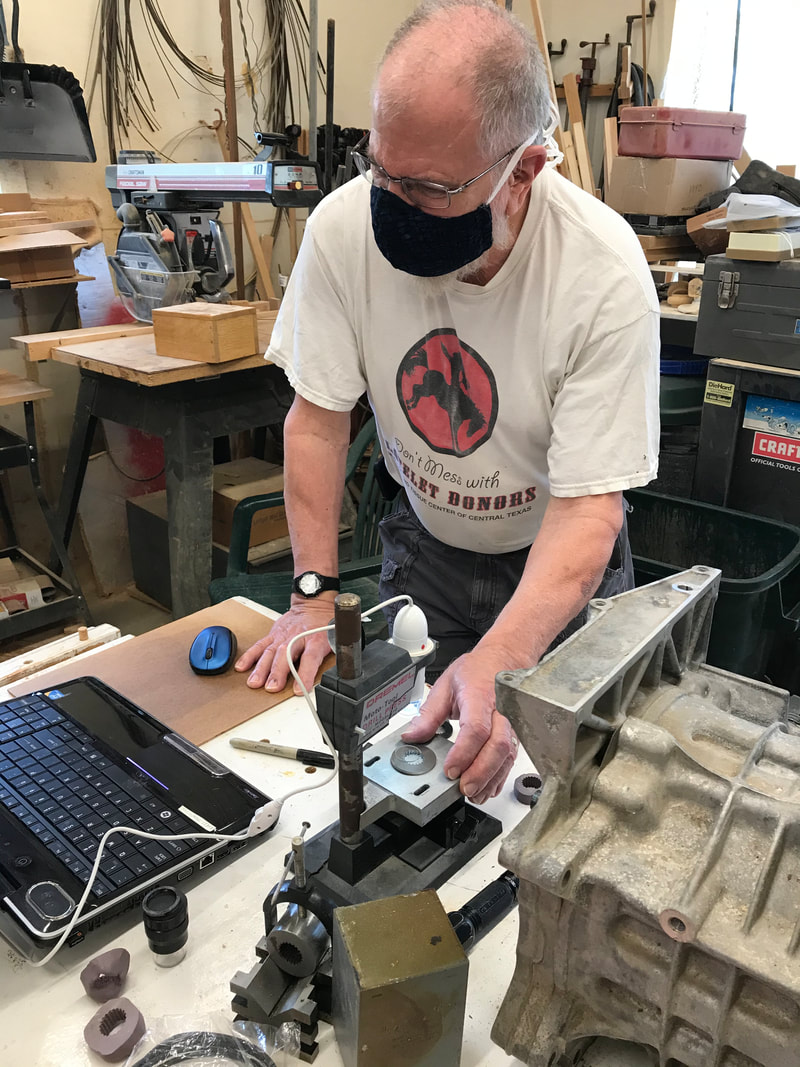
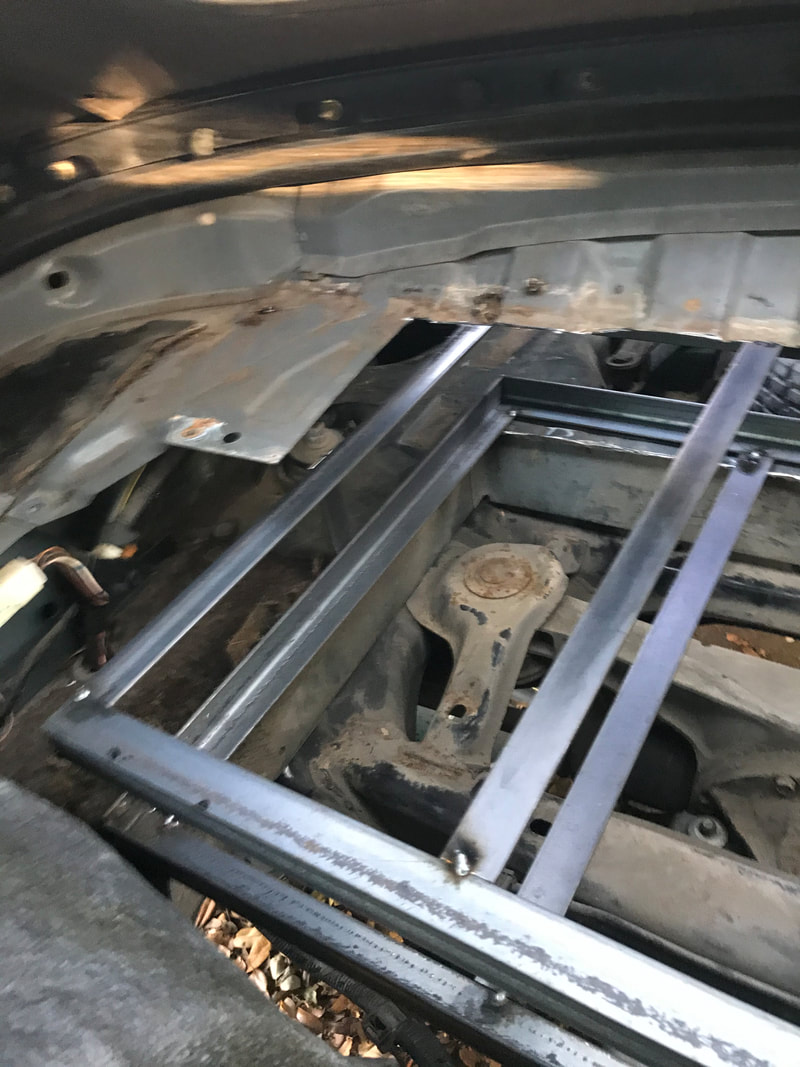
 RSS Feed
RSS Feed